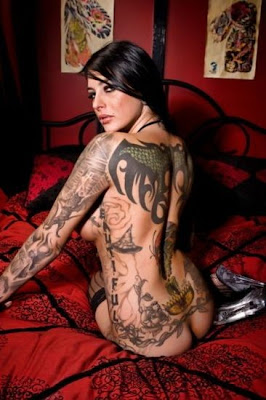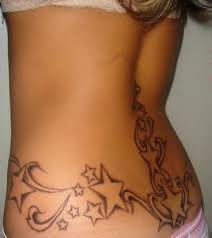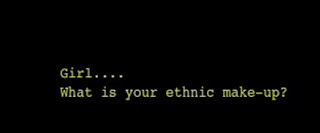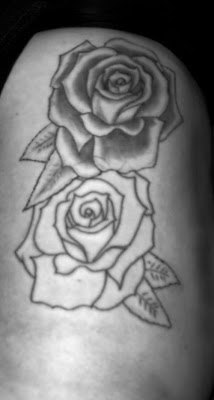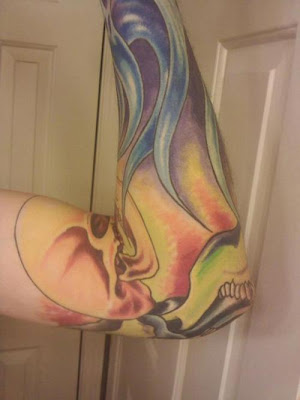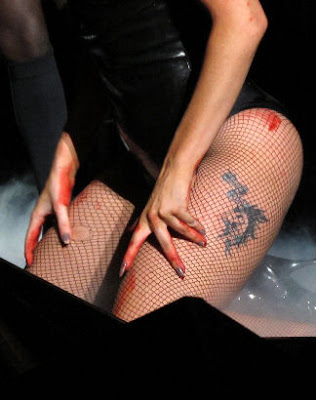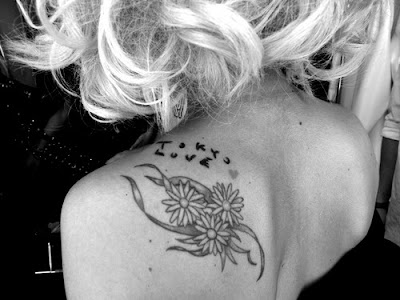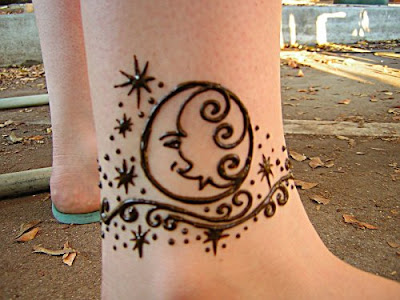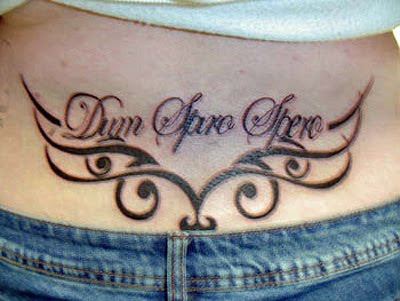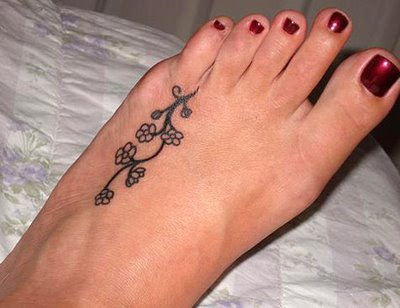CrazyHorse Memorial, South Dakota
(Image source.)
AK note: Today's posting comes from Simon Moya-Smith, the author behind I Am Not A Mascot. Simon is Oglala Lakota, writes for the Denver Post, and offers engaging and poignant commentary about what it means to be a contemporary Indian in America. You can also follow him on twitter, @IAmNotAMascot.So the controversy – for the moment – is over the mosque slated to be built near the site of the World Trade Center bombings in New York City. Don’t you worry, though. We’ll get back to that ugly immigration debate momentarily.
None the less, I feel compelled to share some not-widely-known wisdom with my mosque-naysayers, for if there’s one thing citizens in this country get instantly aroused by it is some good old American Indian wisdom, so here you go, folks:
Since time immemorial, the Black Hills in South Dakota have been a holy place for the Lakota Sioux – my people. And to the Lakota the Black Hills is where Life began. Although the story of creation significantly differs between Sioux and Christians (our messenger from The Creator came in the form of a woman) Paha Sapa is not unlike Christianity’s Eden in its significance.
But here is where today’s debate over the mosque and my peoples’ sacred site come together: It didn’t matter to the Christians, those innumerable settlers who came west seeking gold, land, riches and religious freedom (ironically) that the Black Hills was our holy site, our sacred location, our Jerusalem. No. What mattered was that their monument – Mount Rushmore – be chiseled into it.
And the key word here is “on,” not “near.” The American Muslim community wants to build their 13-story mosque near the World Trade Center bombing site, not on it. Only if we – American Indians – were lucky enough to have seen Christians build their much coveted religious institutions and monuments to their leaders near our holy sites, and not on them.
And for some odd reason, the desecration of the Black Hills continues in the form of the Crazy Horse monument, still in construction. Although it is said that Lakota councils support the depiction of the never-photographed war leader on its rock face, I remain of the opinion that Crazy Horse would want his likeness carved into the Black Hills as much as a priest would like someone disfiguring his cathedral.
Sadly, and much to my chagrin, there seems to be no stopping in sight for the desecration of American Indian sacred locations. Take DIA in Colorado for example.
Denver International Airport, built in 1995 and residing only 20 minutes east of downtown, is on sacred Indian burial ground, and it now appears the city is considering a $1 billion facelift of the airport including the construction of more facilities.
Albeit, if the voices of protest aren’t speaking loudly enough, the spirits most certainly are.
Pass through any one of the concourses at DIA – especially Terminal A – and one will detect the subtle, familiar sounds of American Indian flute. The high harmonies play on a continual loop, serenading frequent fliers from out camouflaged speakers behind glass cases displaying old Indian trinkets and blouses.
These flute tunes aren’t there to pay homage to the plains Indians that once inhabited the area. Nor do they play to create a “Welcome to the West” ambiance for airport patrons on layover to Seattle. No. The Indian flute plays to pause the pranks and creepy occurrences that sweep the facility.
During construction, innumerable unexplained phenomenon occurred at DIA, and reportedly continues today 15 years after its unveiling. In the late 1990s, airport big shots summoned Colorado American Indian elders to place blessings on the airport in a last ditch effort to rest the restless spirits and mitigate the often frightening, reoccurring events airport staff were reporting on a consistent basis.
In 2000, paranormal researcher Dennis William Hauck placed Denver International Airport on his list of spooky spots around the world in his book “The International Directory of Haunted Places.” Whether you believe in the paranormal or not, the principle matter still looms: A building was constructed on a sacred site.
Christians obviously feel they have the constitutional right to build what they want, where they want, when they want. I find it most hypocritical that the same Christians who are for building edifices on sacred Indian sites are the very same voices of opposition regarding the erection of a Muslim mosque near Ground Zero.
So I present the obvious: Why not build a mosque near the hallowed grounds of the WTC? American Indian holy sites are desecrated by Christians all the time.
I am one of the last few true natives in this country, and I don’t expect many - or any outside of Indian Country for that matter - to subscribe to or even comprehend this rare perspective. But for the sake of doing away with double standards, I think this unfortunate reality for Indian peoples was worth pointing out today.
OK. Now back to the immigration debate.
Still Not A Mascot,
-Simon Moya-Smith
See the original posing here:
I Am Not A Mascot: Monuments and Mosques: The Debate Over What's Sacred (An American Indian's Perspective)
(Thanks Simon!)
PS-Want to see your writing on Native Appropriations? I'm always looking for guest posts. Send an idea, completed piece, or any questions over to NativeAppropriations@gmail.com. Don't hesitate, just do it!

